Middle Value Muddle
To make this project, we ask you to pick a light value clay and a dark value clay based on colors from your collage. If you are having trouble seeing the values, try making a black and white copy of your collage using a color copier. The grayscale will be better than on a black and white copier. If you have Photoshop, you can scan your collage and then change the mode to grayscale. Here’s one of my collages in both color and grayscale. Its easy to see that the darkest colors are on the underside of the apple on the table, the lightest colors are on the pitcher, and that most of the collage colors are in the middle.
Checking Value
Middle value colors will not work as well for this project as a dark and a light value. Use your value sorter from Chapter Two to check the values of the clay you are thinking about using. If you haven’t had a chance to make a value sorter, here’s an even more basic version of a value sorter that will help you pick a dark and light clay.
Materials : 1/2 ounce of black clay, 1/2 ounce of white clay, 3/4″ square cutter, 1/2″ circle cutter, clay colors from your collage to test
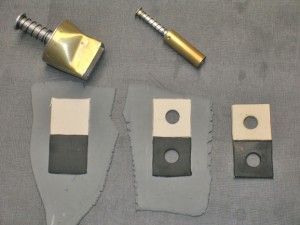 1. Sheet the black and white at the middle setting on the pasta machine. Cut out one square of black and one square of white. Mix the remaining black and white clay together and sheet it at the middle setting to make a backing sheet. Place the black and white squares on the backing sheet and cut a circle out of the center of each square. Trim away the backing sheet. Bake according to the manufactures instructions.
1. Sheet the black and white at the middle setting on the pasta machine. Cut out one square of black and one square of white. Mix the remaining black and white clay together and sheet it at the middle setting to make a backing sheet. Place the black and white squares on the backing sheet and cut a circle out of the center of each square. Trim away the backing sheet. Bake according to the manufactures instructions.
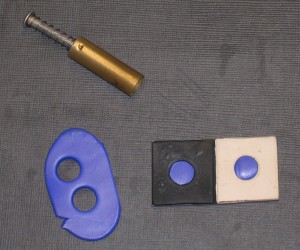 2. Sheet the clay you want to test at the thickest setting on your pasta machine. Cut out two circles and put them into the holes of the baked sorter. Squint your eyes. Does the color pop out more against the black or the white? If it pops out more against the white – it is a dark value (blue). If it pops out more against the black – its a light value clay (yellow). If it pops out from both sides then its a middle value clay (green). To make the skinner blend for the project be sure to use a light and a dark clay – not middle value clays!
2. Sheet the clay you want to test at the thickest setting on your pasta machine. Cut out two circles and put them into the holes of the baked sorter. Squint your eyes. Does the color pop out more against the black or the white? If it pops out more against the white – it is a dark value (blue). If it pops out more against the black – its a light value clay (yellow). If it pops out from both sides then its a middle value clay (green). To make the skinner blend for the project be sure to use a light and a dark clay – not middle value clays!
The Importance of Value
Value is sometimes referred to as “luminosity.” In her fascinating book, Vision and Art: The Biology of Seeing, Margaret Livingston gets down to the cellular level to explain why value is so important in art. Livingston says, “Understanding luminance (value) is important because our perception of depth, three-dimensionality, movement or lack of it, and spatial organization are all carried by part of our visual system that responds only to luminance (value) differences and is insensitive to color.”
What does that mean? In simple terms: the parts of the eye that send information to the brain about value are different from the ones that send information about hue; and its this important information about value that our brain uses to percieve depth. Variations in value add depth to your work.
Lindly is a master at using value to enliven her pieces. Imagine the ruffle brooch made out of solid color clay – boring! If you don’t want to make a brooch, you can play with your dark and light Skinner cane in other ways. Here’s a close-up of some of Lindly’s beads. She used the same technique as the project in the book – adding depth to the necklaces by simply playing with the value variation of each of the different hues.
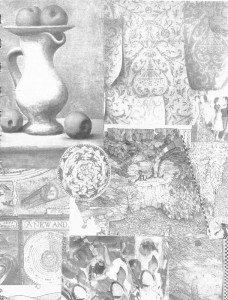
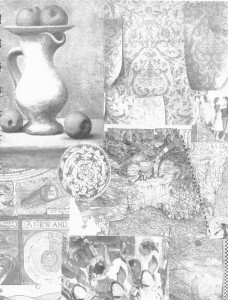
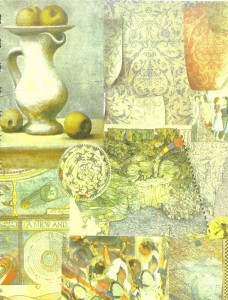
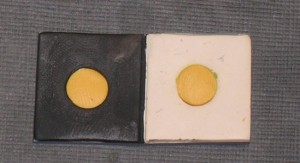
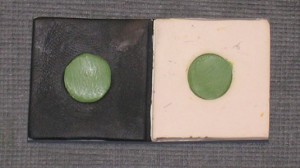


Leave a Reply